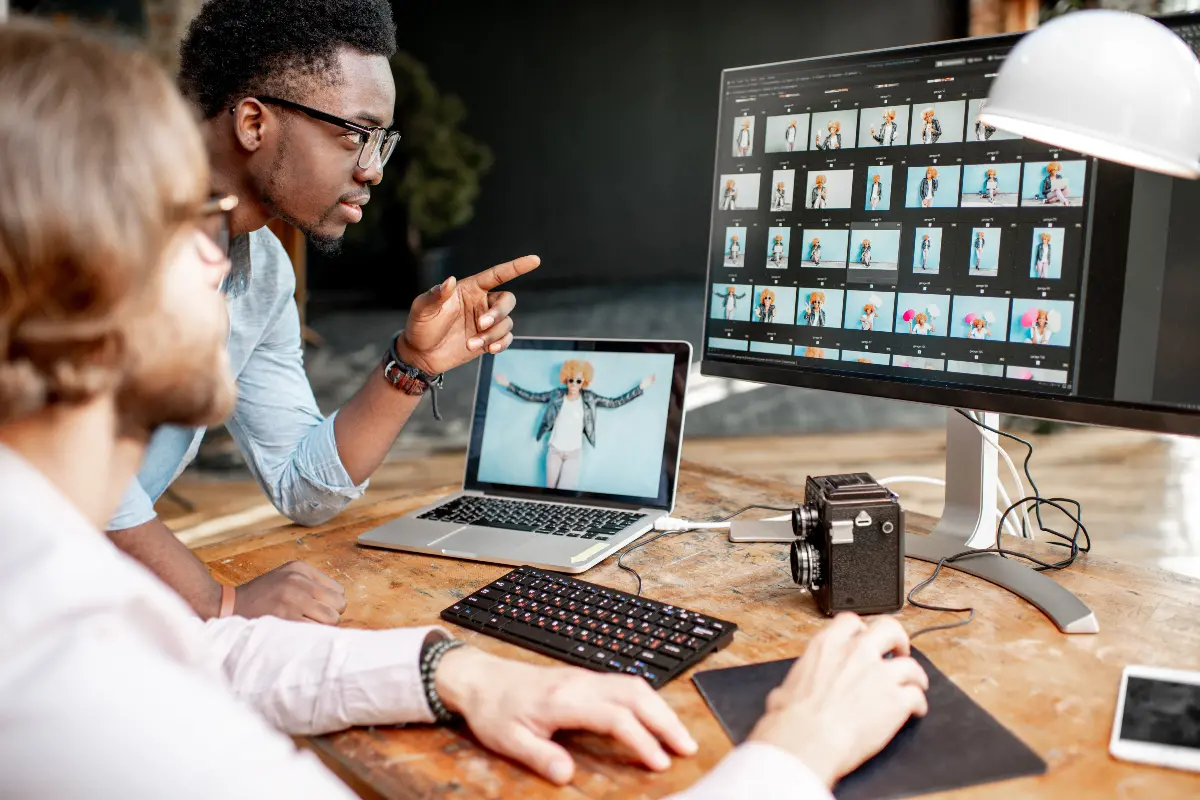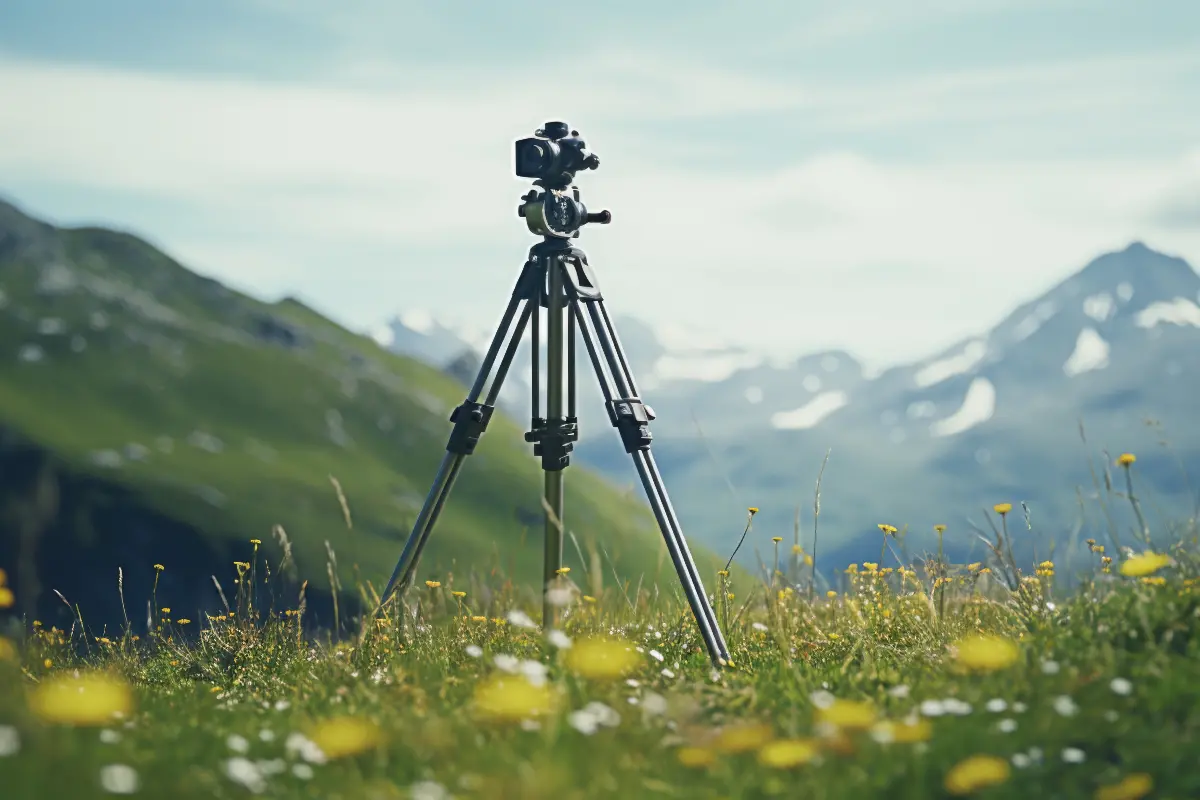Embarking on the journey of photography can be as thrilling as it is daunting. New photographers often find themselves laden with advice on what to do and what not to do, making the entry into photography seem complex. Yet, there are some nuggets of wisdom, simple and straightforward, that can greatly ease this transition. Here are some helpful tips that every new photographer should know.

Understanding the relationship between shutter speed, aperture, and ISO is the bedrock of photography. Shutter speed controls the amount of time light is allowed to hit the sensor, aperture dictates the size of the light's passage, and ISO measures the sensor's sensitivity to light. Striking the right balance between these three is essential for well-exposed photos. Experiment with different settings to see how they influence the final image, and don’t be afraid of making mistakes – they are often the best teachers.
Composing a photograph is much like telling a story; you need a subject, a setting, and a perspective. The rule of thirds is a compositional rule of thumb in photography that suggests dividing the frame into nine equal parts with two equally spaced horizontal lines and two equally spaced vertical lines. Placing your subject along these lines or their intersections can create more tension, energy, and interest in the composition than simply centering the subject.

Light is the essence of photography, the word itself means 'drawing with light'. Paying attention to the light sources and how they interact with the subject can transform a picture from mundane to magnificent. The golden hour – shortly after sunrise or before sunset – offers a soft, diffused light that can make even the simplest of scenes look magical. Observation is your greatest ally in understanding light; see how it changes throughout the day and how different angles can alter a subject's mood or texture.
In a world of high-resolution cameras and intricate software, it's tempting to focus solely on getting the newest gear. But remember, equipment is just a tool; a great photographer can capture compelling images with any camera. Learn the ins and the outs of what you currently own, and push it to its limits. The equipment might help in achieving a certain level of technical quality, but your vision, creativity, and timing are what truly make an image outstanding.
Editing is not about salvaging poorly taken photos; it's an extension of the photographic process. Programs like Adobe Lightroom and Photoshop or alternatives like GIMP offer a plethora of editing options that can enhance colors, contrast, and composition. The key is subtlety – a good edit is one that remains unnoticed, serving only to push forward the narrative of the photograph without becoming the narrative itself.

Networking with other photographers can be incredibly rewarding. Joining photography groups online or in person can not only inspire you with new ideas but also provide constructive feedback on your work. Share your experiences and learn from the successes and challenges faced by others. Remember, the photography community is diverse and supportive, and there's so much to gain from being part of it.
Understanding your equipment is one thing, but learning how to foresee and capture the decisive moment is quite another. Photographer Henri Cartier-Bresson spoke of capturing the 'decisive moment', that split second when all the elements in the visual field come together in perfect harmony. Anticipate action, be patient, and practice the art of observation to catch these fleeting moments which often tell the most compelling stories.
Backup your photos regularly. There's nothing worse than losing your work to a technical mishap. Invest in a good external hard drive or cloud storage service to ensure your photos are safely stored. Organize your photos with a consistent naming convention and folder structure to save time and prevent loss of your valuable creations.
A tripod might not always seem necessary, especially with improving camera technology allowing for better handheld shooting. But, there are moments when a tripod is invaluable. Long exposure shots, landscapes, and self-portraits are just a few instances where a tripod can ensure sharpness and detail in your images. Besides stability, it encourages you to slow down and really think about the shot, improving overall composition and attention to detail.

Lastly, never stop learning. The world of photography is vast and ever-evolving with new techniques, styles, and technologies. Online tutorials, workshops, and photography books are abundant, each capable of offering new insights and inspiration. Embrace the learning curve, as it's a perpetual part of the photographer’s journey.
Photography, at its core, is an art of observation and expression. It’s about finding something interesting in an ordinary place, seeing the world with a curious eye and a fresh perspective. So, put these tips to good use, hit the shutter button, and start creating the visual stories you wish to tell the world. Each photograph you take is a step forward in your journey, a unique expression of your perspective, and a building block of your growing expertise as a photographer.
